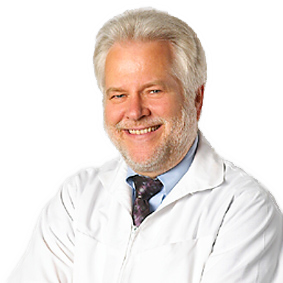In this terminology, “acute” stands for pain lasting fewer than four weeks, “subacute” for pain lasting from four to 12 weeks, and “chronic” meaning pain lasting more than 12 weeks.
The researchers conclude their findings with three recommendations, based on their assessment of evidence-based outcomes for the patient population with respect to standard noninvasive approaches to treatment. Namely, they examined how patients responded to pharmacologic treatment and nonpharmacologic treatment; in other words, standard allopathic medicine and complementary and alternative medicine (CAM).
The ACP recognizes that low-back pain is one of the most common health complaints in the U.S., and cite statistics with which every doctor of chiropractic (DC) is intimately familiar. They estimate the total cost (in 2006), between active care and lost productivity, to have been approximately $100 billion—a number likely to be considerably higher today.
In looking at pharmacologic approaches to low-back pain treatment, acetaminophen was found to be on a par with placebo, offering little benefit but presenting known risks of liver damage. Other drugs, ranging from cox-2 inhibitors to NSAIDs to opioids, offered slightly greater benefits but with concomitantly pronounced risk.
On the other hand, when looking at nonpharmacologic approaches, including exercise, acupuncture, massage, chiropractic, heat therapy, low level laser therapy, and others (tai chi, yoga, ultrasound, etc.), measurable positive outcomes were found with virtually zero risks. The researchers concluded that, given the evidence at hand in the new study and in the older one, that treatment should always begin with nonpharmacologic approaches first, and only those patients who are nonresponsive to them should be considered for drug therapy or invasive medicine.
Specifically, the three recommendations of the study authors are:
- Given that most patients with low-back pain of any type tend to improve over time regardless of treatment type, they should first turn to the most conservative forms of care (massage, spinal manipulation, etc.), and NSAIDs and muscle relaxants can be considered if necessary.
- For patients with chronic low-back pain, the first option should be nonpharmacologic conservative care. Patients in this group respond more strongly to CAM approaches than those in the acute and subacute groups.
- Patients with chronic low-back pain who fail to respond to nonpharmacologic approaches could consider pharmacologic treatment, starting with those products known to present the least risk, and after being educated by their provider about the known risks posed by such products.
These recommendations are in keeping with the Hippocratic Oath: First, do no harm. It is noteworthy to see an MD association admit that CAM approaches to medical care—and here specifically chiropractic is included—offer superior outcomes to standard allopathic medicine. These results were striking enough that they were summarized in the February 14, 2017, edition of the Wall Street Journal
NOTE: this is basically a rehash of a large government study done several years ago. The number one effective treatment for back pain is what chiropractic physicians do every day in their office, spinal adjustments.

